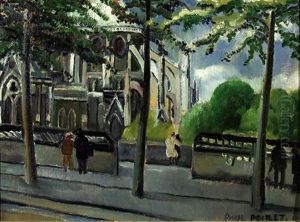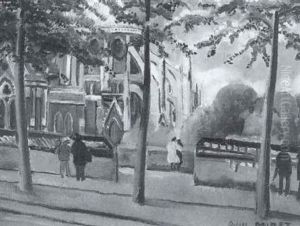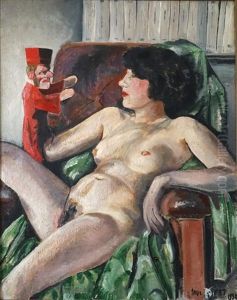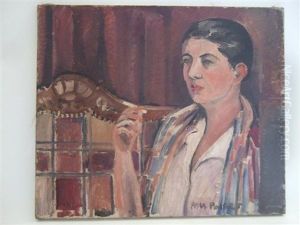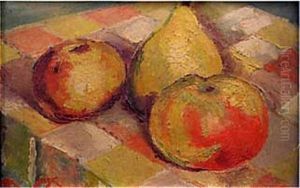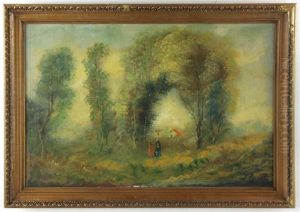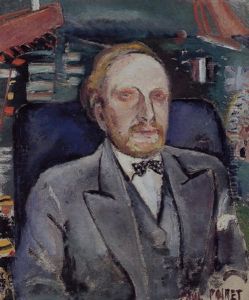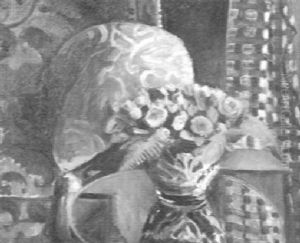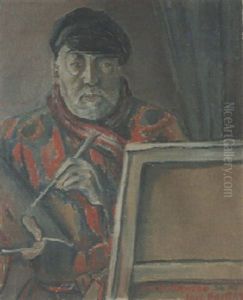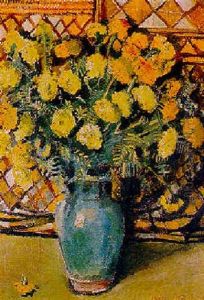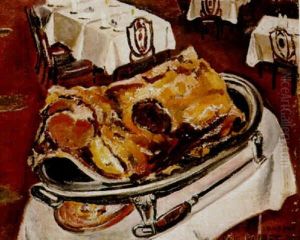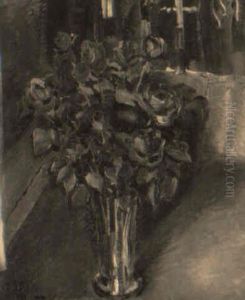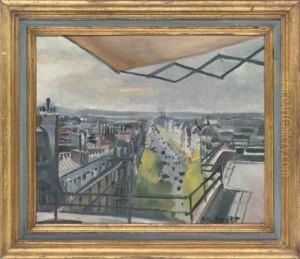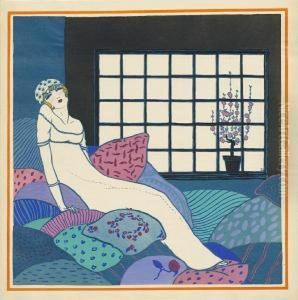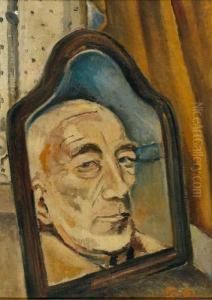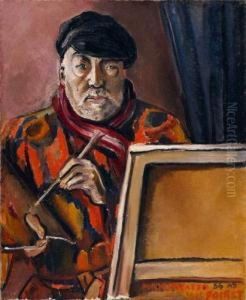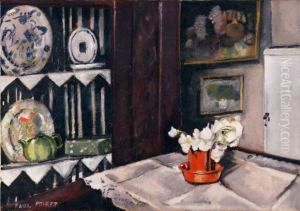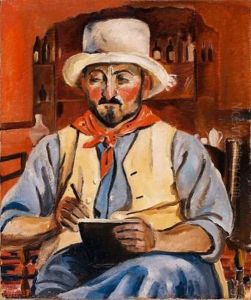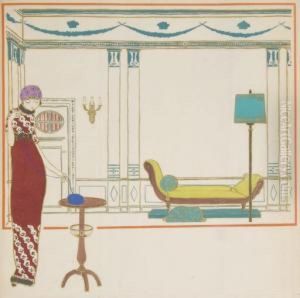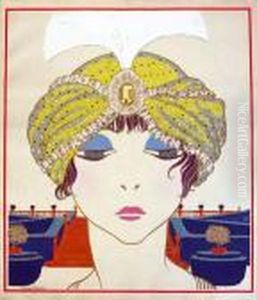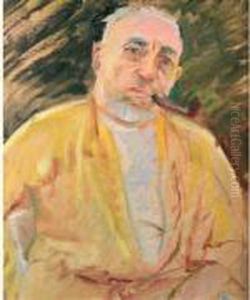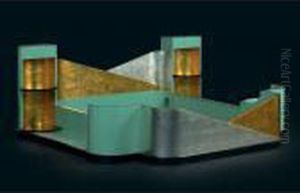Paul Poiret Paintings
Paul Poiret, born on April 20, 1879, in Paris, France, was a pioneering fashion designer whose avant-garde approach to clothing design left an indelible mark on the fashion world. From an early age, Poiret demonstrated a keen interest in art and design, which was not initially supported by his father, a cloth merchant. Despite this, Poiret pursued his passion and started his career as an umbrella maker before securing a position as an assistant to a prominent couturier, Jacques Doucet, in 1896. This experience, coupled with a later role at the House of Worth, one of the most prestigious fashion houses of the time, laid the foundation for his innovative design philosophy.
Poiret opened his own fashion house in 1903, quickly rising to prominence with his revolutionary designs that freed women from the constraints of the corset, a staple of female fashion for centuries. He is credited with introducing the high-waisted empire silhouette and designs that emphasized simplicity and comfort, integrating influences from the Middle East and Asia, which were innovative at the time. Poiret's use of draping techniques, rather than tailoring, allowed for a more natural silhouette, signaling a significant shift in women's fashion.
Beyond clothing, Poiret was a visionary in branding and marketing, being one of the first designers to launch a perfume and cosmetics line under his name, and to host extravagant parties to promote his designs. His 1911 party, 'The Thousand and Second Night,' was particularly legendary, showcasing his flair for the dramatic and his integrated approach to lifestyle branding.
However, Poiret's career was not without its challenges. His reluctance to adapt to the changing tastes and economic realities following World War I, including the rise of simpler, more practical styles as popularized by designers like Coco Chanel, led to the decline of his fashion house. By the early 1920s, Poiret's business was suffering, and despite attempts to revive it, he was forced to close his doors in 1929.
Paul Poiret's later years were marked by financial difficulties and a decline in his influence in the fashion world. He passed away on April 28, 1944, in Paris, largely forgotten at the time. Yet, his legacy lived on, with his contributions to freeing women's fashion from restrictive silhouettes and his innovative marketing strategies having a lasting impact on the fashion industry. Poiret is remembered as a visionary who not only changed how women dressed but also how fashion was presented and sold, making him one of the most influential figures in the history of fashion.
